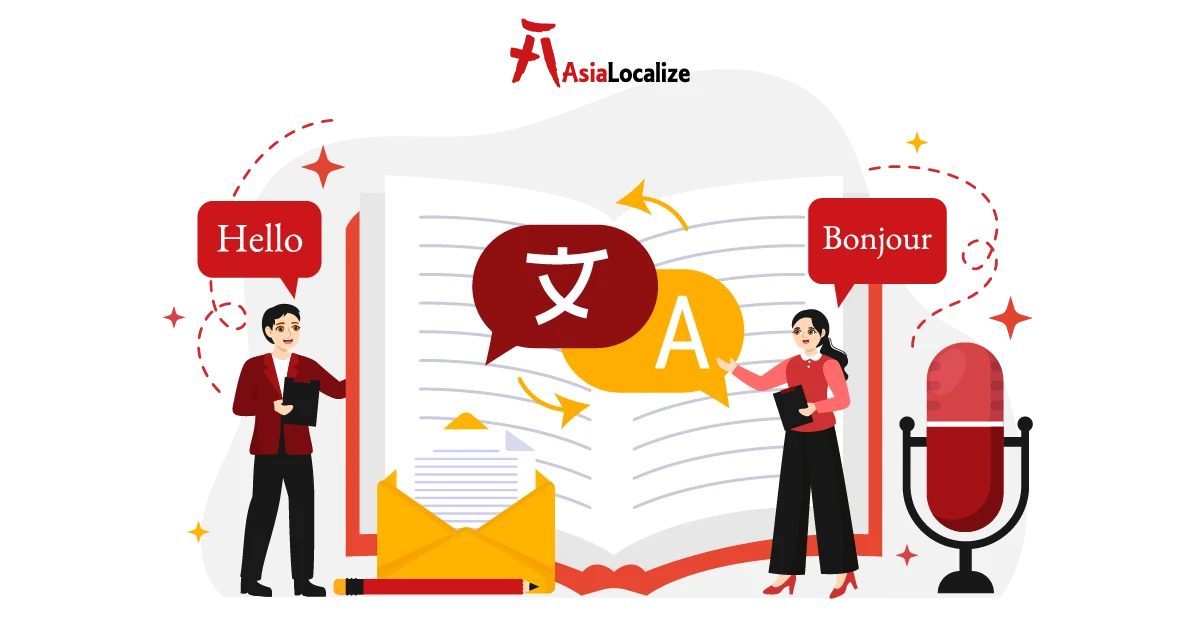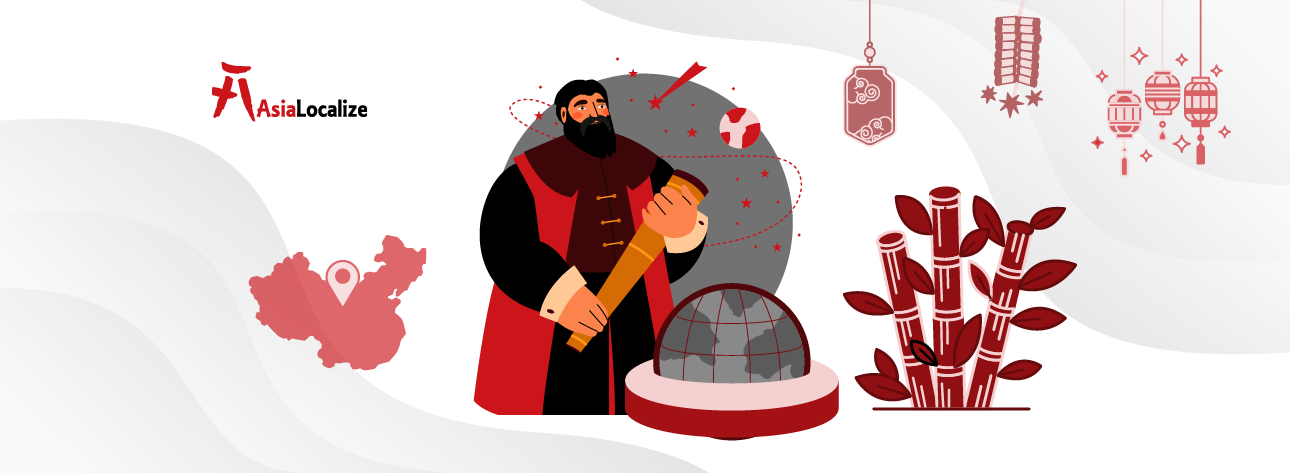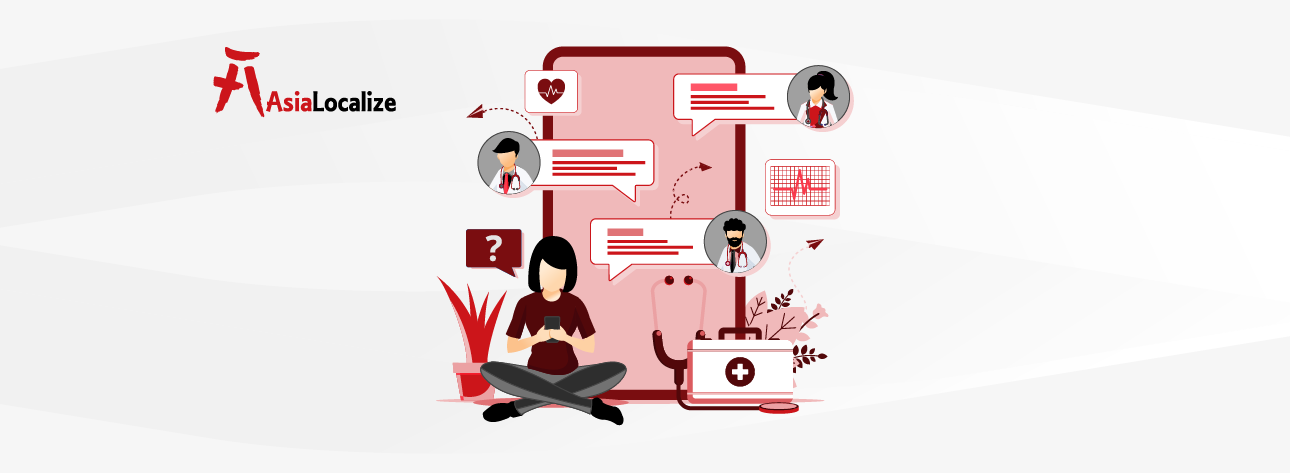Did you know that there are over 80 regional languages spoken in Japan? Yes, it’s true! Japan is an island country with 6,852 islands, which explains its many languages. It’s a fascinating aspect of this island nation that sets it apart from many others.
Although 99.2% of Japanese people speak Japanese, there are other lesser-spoken languages in Japan, including Miyako, Amami, Hachijo, the Ainu language, and more.
The Japanese language itself is divided into several dialects, which are not mutually intelligible. Among these, Tokyo’s dialect stands out and is often considered the epitome of standard Japanese.
Understanding this linguistic diversity is not just an interesting fact, but a crucial element for those targeting the Japanese market. We will take you on a tour of the Japanese world, introducing you to the languages of Japan and allowing you to crack the communication code and break through the Japanese cultural barrier.
What Languages Are Spoken in Japan?
There are 47 prefectures in Japan, shedding light on the linguistic diversity and the immense growth potential business-wise.

Map of Japan featuring city and town names, illustrating the variety of languages spoken throughout the country.
The Main Language Spoken In Japan
Standard Japanese (Nihongo): The Dominant Language
Standard Japanese, or Nihongo, is the widely used language in Japan, although it’s not official. That’s because the Japanese constitution didn’t establish it or any other language as the official language.
However, the constitution established Nihongo as the official language for media and education. And it’s also the language of choice in government and official correspondence.
The history of the Japonic language family and its origins, including Nihongo, is vague. Although the Japanese use Chinese characters, which are called Kanji in Japan, the Chinese language is totally different from it in terms of pronunciation and the use of writing systems. Actually, when combining two or more hieroglyphs, the meaning could totally differ in Japanese.
It’s believed that the inhabitants of continental Asia or the Pacific islands brought the Japanese language to Japan.
As for modern Japanese, it uses many words from foreign languages and many Arabic and Chinese numerals.
Around 125 million people speak Nihongo. Given this fact, necessitating standard Japanese could be your only way through the Japanese market since it’s the primary language for business communications.
Regional Dialects: Variations of Japanese
As mentioned before, there are over 80 regional dialects in Japan, each with its own grammatical aspects, pronunciation, and grammatical features.
The Reasons Behind the Increased Number of Japanese Regional Dialects
- The isolation from all external affairs until the late 19th century
- The internal isolation due to the numerous shogunates
- The length of time the inhabitants stay on the islands
Here are some of the Japanese regional dialects you should know:
- Hichiku Dialect: Spoken in Western Kyushu
- Hakata Ben: Spoken in and around Fukuoka city
- Osaka Ben: Spoken in the Kansai region
- Hiroshima Ben: Spoken in the Chugoku region
- Kyoto Ben: Spoken in Kyoto
- Nagoya Ben: Spoken in Nagoya city
- Sendai Ben: Spoken in Tohoku region
- Hokkaido Ben: Spoken in Hokkaido Island
Other Languages Spoken in Japan
- The Chinese Language: With almost 3 million Chinese speakers in Japan, it’s one of the most common languages in the country.
- The English Language: The second common language in Japan! It’s usually used in business meetings and events and studied in schools.
- Thai, Korean, Mongolian, and Tagalog are also spoken by minority people in Japan.
Endangered Languages Spoken In Japan According to UNESCO

Illustrated map of Japan pinpointing the island’s location, featuring endangered languages recognized by UNESCO.
Ryukyuan Languages: A Distinct Language Family
The Ryukyuan languages, a distinct language family, are mainly spoken in the Ryukyuan Islands, which means ‘islands.’ These languages have their own unique (complex) grammar, vocabulary, and pronunciation, which are totally different from the Japanese language. For example, nasal phonemes are one phonetic feature that helps differentiate between the two.

A standard Japanese speaker typically struggles to understand the Ryukyuan languages due to significant linguistic differences
A Standard Japanese native speaker usually can’t understand the Ryukyuan languages!
There are almost 150,000 native Ryukyuan speakers. However, if the Ryukyuan Islands are your next expansion destination, consider incorporating the languages into your plan.

A woman writes in Japanese and Chinese, showcasing her skill in multiple languages and cultural expression.
Northern Ryukyuan languages: such as Amami, Kunigami, and Okinawa
Southern Ryukyuan languages: such as Miyako, Yaeyama, and Yonaguni
Ainu Language: An Indigenous Language
Only 10 Ainu native speakers left worldwide, forcing the government to archive and keep written and spoken records and encouraging people to learn Ainu.
It’s an isolated language mainly spoken in Hokkaido. It has different specs from the standard Japanese. For example, it has more consonants, and the basic syllables should be pronounced more smoothly.
Succeeding in Japan: Why Localization is Essential
Japanese consumers have inherent expectations of quality and cultural sensitivity. They search for items that have been initially designed for them.
They favor brands that respect their own language and cultural preferences.
So, if you’re a foreign brand looking to make inroads into the Japanese market, Japanese translation services could make all the difference, creating a customized experience for your Japanese audience.
Localization involves more than just translating word for word; it’s the art of personalizing the journey with your customer from the start (visiting your website) to the after-sale services and support.
And it all starts with a robust localization strategy where everything is planned based on your and Japanese consumers’ needs.
Starbucks Localization Strategy in Japan
Starbucks hired local Japanese designers to redesign their stores’ interiors to be influenced by Japanese architecture. Several outlets have been enhanced with gardens featuring water features and stone sculptures to create a more natural ambiance for their Japanese customers.





